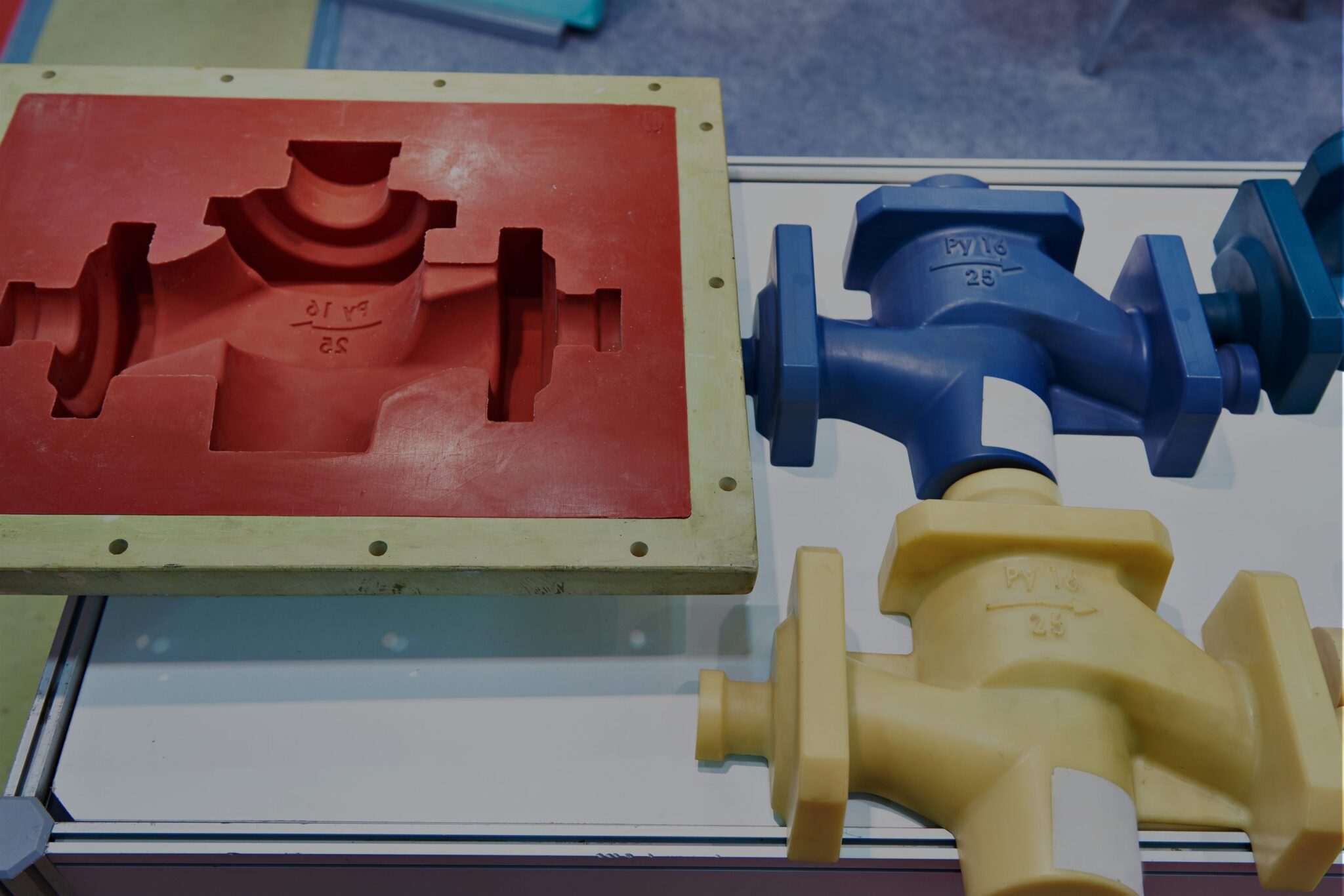

Originally published on fastradius.com on March 30, 2020
Tooling, or machine tooling, is the backbone of every manufacturing and molding process. Tooling refers to building the different types of components and machinery needed for production, like molds, jigs, and fixtures. Effective tooling ensures that manufactured products function properly, extends the product lifecycle, and makes for a higher quality product overall.
However, when it comes to tooling, one size does not fit all. For instance, urethane molding and injection molding are common, closely related molding methods, but they require different tooling processes. If a manufacturer were to mismatch tool type and mold process, they would be left with an inferior product.
Creating a reliable, high quality part requires a strong understanding of which tooling process best suits a given part. Here’s what you need to know about the differences between soft tooling and hard tooling — and when to use each one.
Soft tooling is a cost-effective method of tooling, popular for use with cast urethane molding, that allows manufacturers to produce medium to low volumes of parts at speed. Silicone is the most common soft tool material for cast urethane and is an ideal manufacturing process for prototyping and low-volume production runs.
One of the advantages of soft tooling is that its material requirements are flexible, meaning manufacturers can use materials without worrying too much about compatibility.
This method is a great choice for prototyping or any other project that requires a functional but simple product with a smooth finish. Soft tooling is also the preferred method for creating complex mold patterns that might take too long to produce by other means.
However, soft tooling does have its limitations. Since soft tool materials must be, as the name implies, soft, they often lack the durability or wear-resistance of tools produced using hard tooling. Silicone tools, for example, probably won’t make more than 25 parts before they must be swapped out for new tools. It’s also difficult to make changes to soft tools once tooling has been completed.
Hard tooling is a method of tooling often used for injection molding. Hard tools are made of durable metals — such as steel or nickel alloys — that can withstand multiple production cycles, allowing manufacturers to quickly produce high volumes of parts. When manufacturers have strict tolerances, testing requirements, and function standards they must adhere to, it makes more sense to use hard tooling over soft tooling. This tooling type is ideal for producing durable high-precision parts.
However, hard tooling is considerably more expensive and time-consuming than soft tooling, both in terms of upfront costs and lead time for manufacturing. It is rarely cost-effective to use hard tooling for short production runs or simply to get products to market as quickly as possible. Hard tools take longer to produce because they require heat treatments, post-processing, and extra machining to achieve a smooth finish. A smooth finish guarantees a seamless layup, which is critically important in hard tools.
To decide between soft tooling and hard tooling for their next project, engineers, designers, and parts manufacturers should consider the time they have to devote to development and their project requirements. If speed, flexibility, and affordability are top priorities, soft tooling might be the better option.
If a parts manufacturer has a set blueprint with which to build a highly precise product and can foot the additional expense and labor of hard tooling, it may be the preferable route. An expert manufacturing partner can offer unique insights and help companies come to the right decision.
At SyBridge, not only do we help your company place orders and manufacture parts with unmatched efficiency and accuracy — we serve as your manufacturing partner every step of the way. Our engineering experts have years of multifaceted experience in the industry. In addition to helping you choose the best materials and techniques to bring your vision to life, we can help you innovate long into the future. Contact us today for a quote.
Forget typical cycle times. We're pushing the boundaries of conformal cooling. While traditional approaches deliver…
Forget typical cycle times. We're pushing the boundaries of conformal cooling. While traditional approaches deliver…
From left to right: Brayden Janak (apprentice); Logan Vifaquain (CNC machining, Programming and CMM); Ron…
SyBridge Technologies is proud to announce we have been awarded the 2023 General Motors Supplier…
Today, designers and engineers are accustomed to working with digital tools in their day-to-day jobs.…
Optimizing Your Injection Molding Process for Cost-Effective Manufacturing Excellence In today’s competitive landscape, manufacturers are…